Grow Kiwi Vines at Home – sounds like a dream, right? Imagine stepping into your backyard and plucking a juicy, tangy kiwi straight from the vine. It’s more achievable than you think, and this DIY guide is your passport to a personal kiwi paradise! For centuries, the kiwi fruit, originally known as the Chinese gooseberry, has been cultivated in China, but it was New Zealand that truly embraced and popularized it, giving it the name we know and love today.
But why bother growing your own kiwi vines? Well, store-bought kiwis can be expensive, and let’s be honest, sometimes they lack that intense flavor you crave. Plus, there’s something incredibly rewarding about nurturing a plant from a tiny seedling to a fruit-bearing vine. I’ve always loved the idea of self-sufficiency, and growing my own food is a big part of that. This DIY project not only saves you money but also provides you with fresh, organic fruit, free from harmful pesticides.
This article will provide you with the essential tricks and hacks to successfully grow kiwi vines at home, even if you don’t have a green thumb. We’ll cover everything from choosing the right variety and preparing the soil to providing proper support and protecting your vines from pests and diseases. So, grab your gardening gloves, and let’s embark on this exciting journey together!
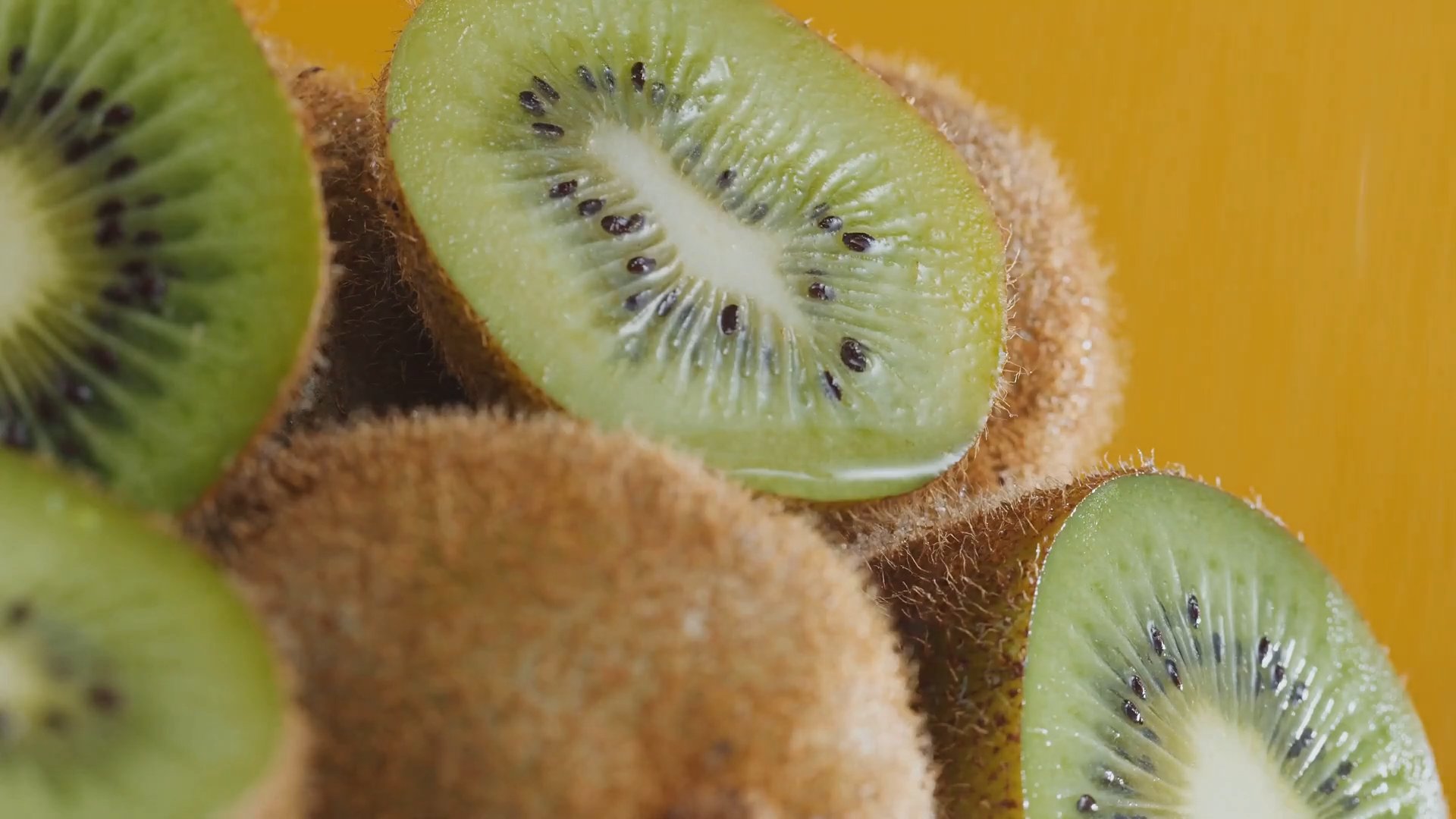
Growing Your Own Kiwi Vines: A Comprehensive DIY Guide
Okay, so you want to grow your own kiwis? Awesome! It’s a bit of a commitment, but trust me, the reward of plucking your own fuzzy, tangy fruit straight from the vine is totally worth it. This guide will walk you through everything you need to know, from choosing the right variety to dealing with pesky pests. Let’s get started!
Choosing Your Kiwi Varieties
Before you even think about planting, you need to pick the right kiwi varieties. This is super important because most kiwis are dioecious, meaning they have separate male and female plants. You’ll need at least one male plant to pollinate several female plants to get fruit.
* Hayward: This is the classic kiwi you find in the grocery store. It’s a female variety known for its large, delicious fruit. You’ll definitely want this one!
* Chico Male: A reliable male pollinator that works well with Hayward and other standard kiwi varieties.
* Anna (Hardy Kiwi): If you live in a colder climate (zones 4-8), hardy kiwis are your best bet. They’re smaller than Hayward kiwis, but they’re incredibly cold-hardy and don’t require as much heat to ripen. Anna is a self-fertile variety, meaning you only need one plant to get fruit! However, fruit production will be increased with a male pollinator.
* Issai (Hardy Kiwi): Another self-fertile hardy kiwi variety. Similar to Anna, but with slightly different fruit characteristics. Again, a male pollinator will boost fruit production.
* Important Note: Always check the specific pollination requirements of the varieties you choose. Some male kiwis are only compatible with certain female varieties. Local nurseries are a great resource for this information.
Preparing the Planting Site
Kiwis are vigorous growers and need a strong support system. They also need well-drained soil and plenty of sunlight.
* Sunlight: Kiwis need at least 6-8 hours of direct sunlight per day. The more sun, the better the fruit production.
* Soil: Well-drained soil is crucial. Kiwis hate having wet feet. Amend heavy clay soil with plenty of compost and organic matter to improve drainage. A slightly acidic soil pH (around 6.0-6.5) is ideal.
* Support System: This is where things get interesting. Kiwis are vines, and they need a sturdy trellis or arbor to climb on. Here are a few options:
* T-bar Trellis: This is a popular choice for commercial kiwi growers. It consists of posts set in the ground with a horizontal crossbar at the top. Wires are strung between the crossbars for the vines to climb on.
* Arbor: A beautiful and functional option, especially for smaller gardens. Make sure the arbor is strong enough to support the weight of mature kiwi vines.
* Fence: A strong fence can also work, but make sure it’s tall enough (at least 6-8 feet) and sturdy enough to handle the weight.
Planting Your Kiwi Vines
Now for the fun part! Planting your kiwi vines is relatively straightforward.
1. Dig the Hole: Dig a hole that’s twice as wide as the root ball and just as deep.
2. Amend the Soil: Mix some compost or well-rotted manure into the soil you removed from the hole. This will provide nutrients and improve drainage.
3. Remove the Plant from the Container: Gently remove the kiwi vine from its container, being careful not to damage the roots. If the roots are circling the pot, gently loosen them before planting.
4. Plant the Vine: Place the kiwi vine in the hole, making sure the top of the root ball is level with the surrounding soil.
5. Backfill the Hole: Fill the hole with the amended soil, gently tamping it down around the roots.
6. Water Thoroughly: Water the newly planted kiwi vine thoroughly to settle the soil and help the roots establish.
7. Mulch: Apply a layer of mulch around the base of the plant to help retain moisture and suppress weeds. Keep the mulch a few inches away from the trunk to prevent rot.
8. Attach to Support: Gently attach the kiwi vine to the trellis or arbor using soft ties. As the vine grows, continue to train it to climb the support system.
Caring for Your Kiwi Vines
Kiwis need regular care to thrive and produce fruit.
* Watering: Water regularly, especially during dry periods. Kiwis need consistent moisture, but avoid overwatering, which can lead to root rot.
* Fertilizing: Fertilize in the spring with a balanced fertilizer. Follow the instructions on the fertilizer label. You can also amend the soil with compost or well-rotted manure.
* Pruning: Pruning is essential for kiwi vines. It helps to control their growth, improve air circulation, and promote fruit production.
* Winter Pruning: This is the most important pruning. In late winter or early spring, before the buds break, prune away any dead, damaged, or crossing branches. Also, shorten the fruiting canes (the branches that produced fruit the previous year) to encourage new growth.
* Summer Pruning: In the summer, you can prune back any overly vigorous growth to keep the vine under control.
* Pest and Disease Control: Kiwis are relatively pest-resistant, but they can be susceptible to certain pests and diseases.
* Spider Mites: These tiny pests can suck the sap from the leaves, causing them to turn yellow and stippled. Treat with insecticidal soap or horticultural oil.
* Scale: These small, armored insects can also suck the sap from the leaves and stems. Treat with horticultural oil.
* Root Rot: This is a fungal disease that can occur in poorly drained soil. Prevent root rot by planting in well-drained soil and avoiding overwatering.
* Pollination: If you’re growing dioecious kiwi varieties, make sure you have a male plant nearby to pollinate the female plants. Bees are the primary pollinators, so avoid using pesticides that could harm them. You can also hand-pollinate the flowers if necessary.
Harvesting Your Kiwis
Harvesting is the most rewarding part of growing kiwis!
1. Timing: Kiwis typically ripen in the fall. The exact timing will depend on the variety and your climate.
2. Checking for Ripeness: The best way to tell if a kiwi is ripe is to gently squeeze it. It should yield slightly to pressure. You can also cut one open and taste it. If it’s sweet and tangy, it’s ready to harvest.
3. Harvesting: Gently twist the kiwis off the vine. Be careful not to damage the fruit.
4. Storage: Kiwis can be stored in the refrigerator for several weeks. You can also freeze them for longer storage.
Dealing with Common Kiwi Growing Problems
Even with the best care, you might encounter some problems when growing kiwis. Here are a few common issues and how to address them:
* No Fruit Production: This is often due to a lack of pollination. Make sure you have a male plant nearby and that there are plenty of bees around to pollinate the flowers. If necessary, you can hand-pollinate the flowers. Another reason could be improper pruning. Kiwis fruit on one-year-old wood, so avoid pruning away all the fruiting canes.
* Yellowing Leaves: This could be a sign of nutrient deficiency, overwatering, or pest infestation. Check the soil pH and nutrient levels. Make sure the soil is well-drained and that you’re not overwatering. Inspect the leaves for pests and treat accordingly.
* Slow Growth: This could be due to poor soil, lack of sunlight, or inadequate watering. Amend the soil with compost or well-rotted manure. Make sure the kiwi vine is getting at least 6-8 hours of direct sunlight per day. Water regularly, especially during dry periods.
Propagating Kiwi Vines
Want to expand your kiwi orchard? You can propagate kiwi vines from cuttings.
1. Take Cuttings: In late winter or early spring, take hardwood cuttings from healthy, one-year-old growth. The cuttings should be about 6-8 inches long.
2. Prepare the Cuttings: Remove the leaves from the bottom half of the cuttings. Dip the cut ends in rooting hormone.
3. Plant the Cuttings: Plant the cuttings in a well-draining potting mix.
4. Keep Moist: Keep the potting mix moist, but not soggy. You can cover the cuttings with a plastic bag to create a humid environment.
5. Rooting: The cuttings should root in a few weeks. Once they’ve rooted, you can transplant
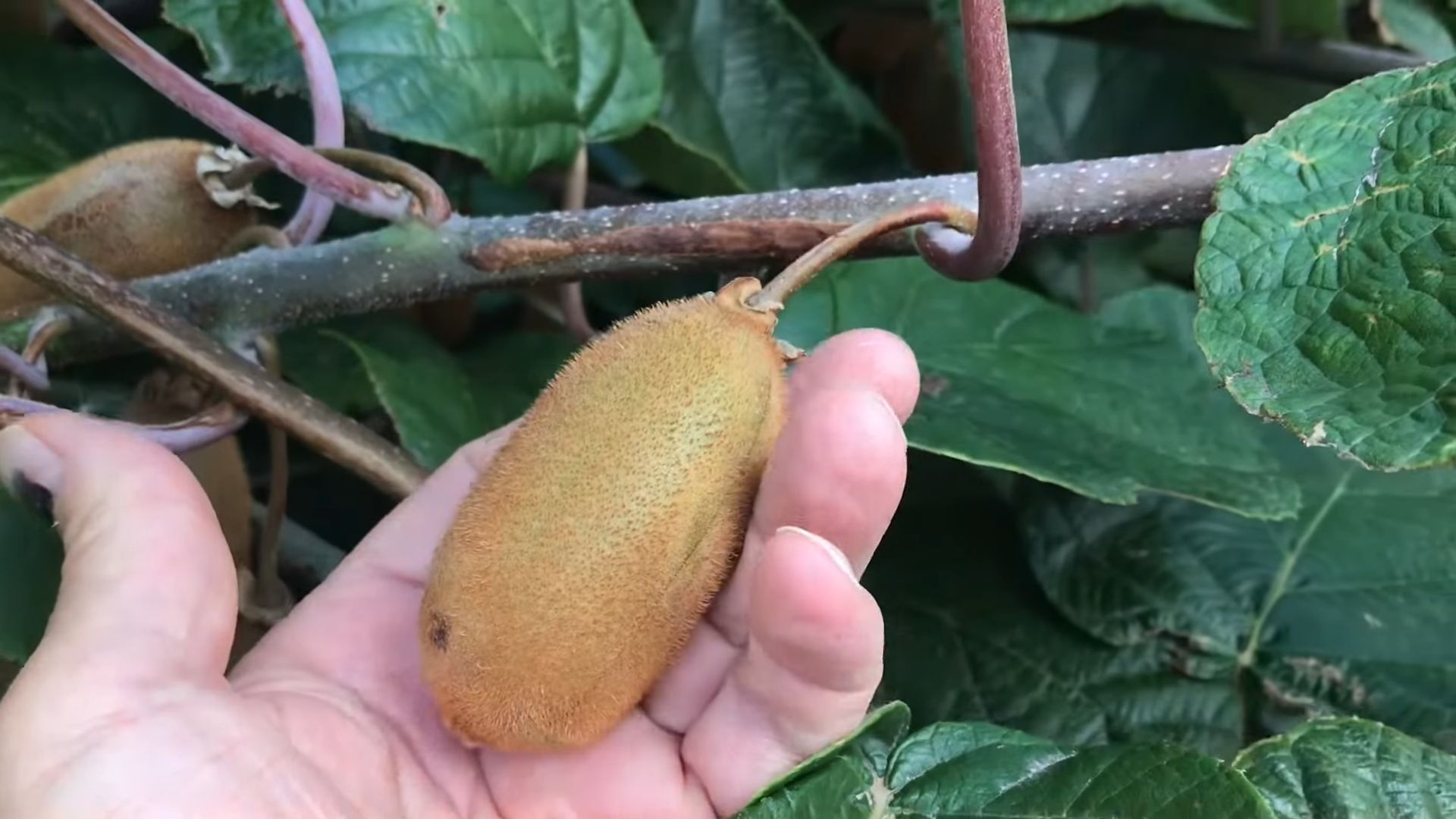
Conclusion
So, there you have it! Growing kiwi vines at home might seem like a daunting task initially, but with the right knowledge and a little patience, you can transform your backyard into a thriving kiwi haven. This DIY approach not only offers the satisfaction of cultivating your own delicious fruit but also provides a sustainable and cost-effective alternative to purchasing kiwis from the store. Think of the bragging rights you’ll have when you serve up a homemade kiwi tart made with fruit you nurtured from tiny vines!
This method is a must-try because it empowers you to control the entire growing process, ensuring your kiwis are free from harmful pesticides and bursting with natural flavor. Plus, it’s an incredibly rewarding experience to witness the transformation from a small vine to a fruit-bearing plant. Imagine the joy of harvesting your own sweet and tangy kiwis, knowing you played an integral role in their creation.
Don’t be afraid to experiment with different kiwi varieties to find the ones that thrive best in your specific climate and soil conditions. Consider adding a trellis or pergola to provide ample support for your growing vines and create a beautiful focal point in your garden. You could even try training your kiwi vines along a fence to create a living privacy screen. For those with limited space, consider dwarf kiwi varieties that are well-suited for container gardening. Remember to research the specific needs of your chosen variety for optimal growth and fruit production.
We encourage you to embrace this DIY project and embark on your own kiwi-growing adventure. The rewards are well worth the effort. From the vibrant green foliage to the delectable fruit, growing kiwi vines at home is a truly enriching experience.
Don’t hesitate to share your experiences with us! We’d love to hear about your successes, challenges, and any unique tips or tricks you discover along the way. Post pictures of your kiwi vines, share your favorite kiwi recipes, and let’s create a community of passionate home kiwi growers. Together, we can unlock the secrets to successful kiwi cultivation and enjoy the fruits (literally!) of our labor. So, grab your gardening gloves, prepare your soil, and get ready to grow your own delicious kiwis! This is your chance to master the art of growing kiwi vines at home and enjoy a bountiful harvest for years to come.
Frequently Asked Questions (FAQs)
What are the best kiwi varieties to grow at home?
The best kiwi varieties for home growing depend largely on your climate. For colder regions, consider hardy kiwi varieties like ‘Anna’ or ‘Issai,’ which are self-fertile and can withstand temperatures as low as -25°F. For warmer climates, ‘Hayward’ is a popular choice, known for its large, flavorful fruit. However, ‘Hayward’ requires a male pollinator vine for fruit production. ‘Elmwood’ is another good option for warmer climates and is known for its early ripening. Research the specific chill hour requirements of each variety to ensure it’s suitable for your region. Remember, proper pollination is crucial for fruit set, so if you’re growing a dioecious variety (one that requires separate male and female plants), be sure to plant both.
How much space do kiwi vines need?
Kiwi vines are vigorous growers and require ample space to thrive. A single vine can easily spread 15-20 feet, so plan accordingly. When planting multiple vines, space them at least 10-15 feet apart. Consider the mature size of the chosen variety when determining spacing. Provide a sturdy trellis or support structure that can handle the weight of the mature vines and the fruit. A strong pergola or T-bar trellis system is ideal for supporting the heavy vines and maximizing sunlight exposure. Regular pruning is essential to control the size and shape of the vines and to promote fruit production.
What kind of soil is best for kiwi vines?
Kiwi vines prefer well-drained, slightly acidic soil with a pH between 6.0 and 6.5. Amend heavy clay soils with organic matter, such as compost or peat moss, to improve drainage and aeration. Avoid planting in areas where water tends to pool, as this can lead to root rot. Conduct a soil test to determine the pH and nutrient levels and amend accordingly. Kiwi vines benefit from regular fertilization with a balanced fertilizer, especially during the growing season.
How often should I water my kiwi vines?
Kiwi vines need consistent moisture, especially during the growing season and fruit development. Water deeply and regularly, ensuring the soil remains consistently moist but not waterlogged. Avoid overhead watering, as this can increase the risk of fungal diseases. Drip irrigation is an excellent way to deliver water directly to the roots. Mulch around the base of the vines to help retain moisture and suppress weeds. Reduce watering during the dormant season.
How do I prune kiwi vines?
Pruning is essential for maintaining the health and productivity of kiwi vines. Prune during the dormant season (late winter or early spring) to remove dead, damaged, or crossing branches. Train the vines to a single trunk and select several strong lateral branches to form the fruiting arms. Shorten the fruiting arms to encourage fruit production. Remove any suckers that emerge from the base of the vine. Summer pruning can also be done to remove excess foliage and improve air circulation. Proper pruning techniques are crucial for maximizing fruit yield and preventing disease.
How long does it take for kiwi vines to produce fruit?
It typically takes 3-5 years for kiwi vines to begin producing fruit after planting. Hardy kiwi varieties may produce fruit sooner than ‘Hayward’ kiwis. Proper care, including adequate sunlight, water, fertilization, and pruning, can help accelerate fruit production. Ensure the vines are properly pollinated, either by planting a male pollinator vine or by hand-pollinating the flowers. Patience is key when growing kiwi vines, but the reward of homegrown kiwis is well worth the wait.
Are kiwi vines susceptible to any pests or diseases?
Kiwi vines are generally resistant to pests and diseases, but they can be susceptible to certain problems, such as spider mites, scale insects, and root rot. Monitor the vines regularly for signs of infestation or disease and take appropriate action. Use organic pest control methods whenever possible. Ensure good air circulation to prevent fungal diseases. Proper drainage is crucial for preventing root rot. Consult with your local agricultural extension office for specific recommendations on pest and disease management in your area.
Can I grow kiwi vines in containers?
Yes, you can grow kiwi vines in containers, especially dwarf varieties like ‘Issai.’ Choose a large container with good drainage and use a well-draining potting mix. Provide a trellis or support structure for the vines to climb. Container-grown kiwi vines may require more frequent watering and fertilization than those grown in the ground. Protect the containers from extreme temperatures during the winter. Container gardening is a great option for those with limited space or for those who want to move their kiwi vines indoors during the winter.


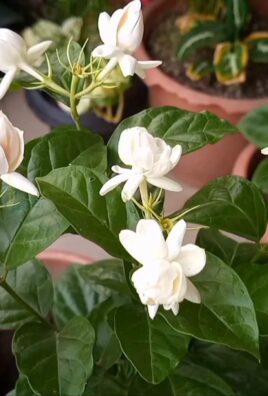
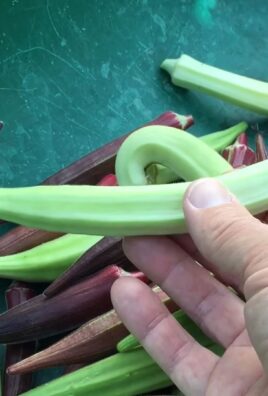
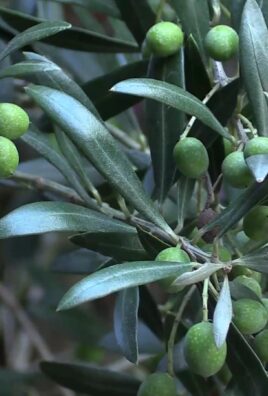
Leave a Comment